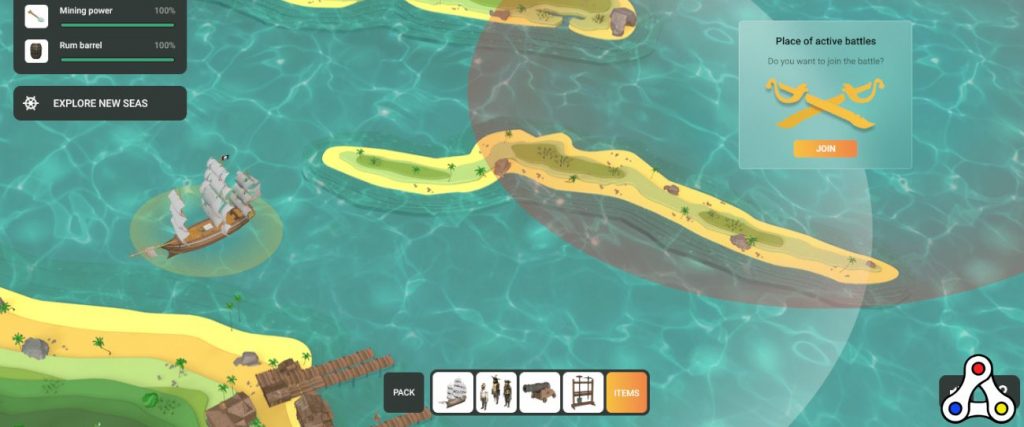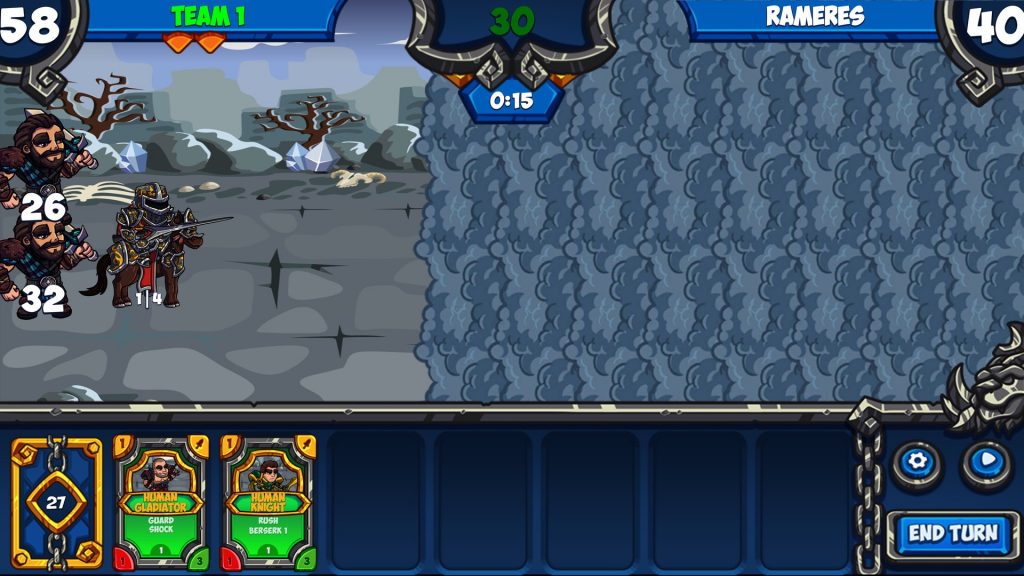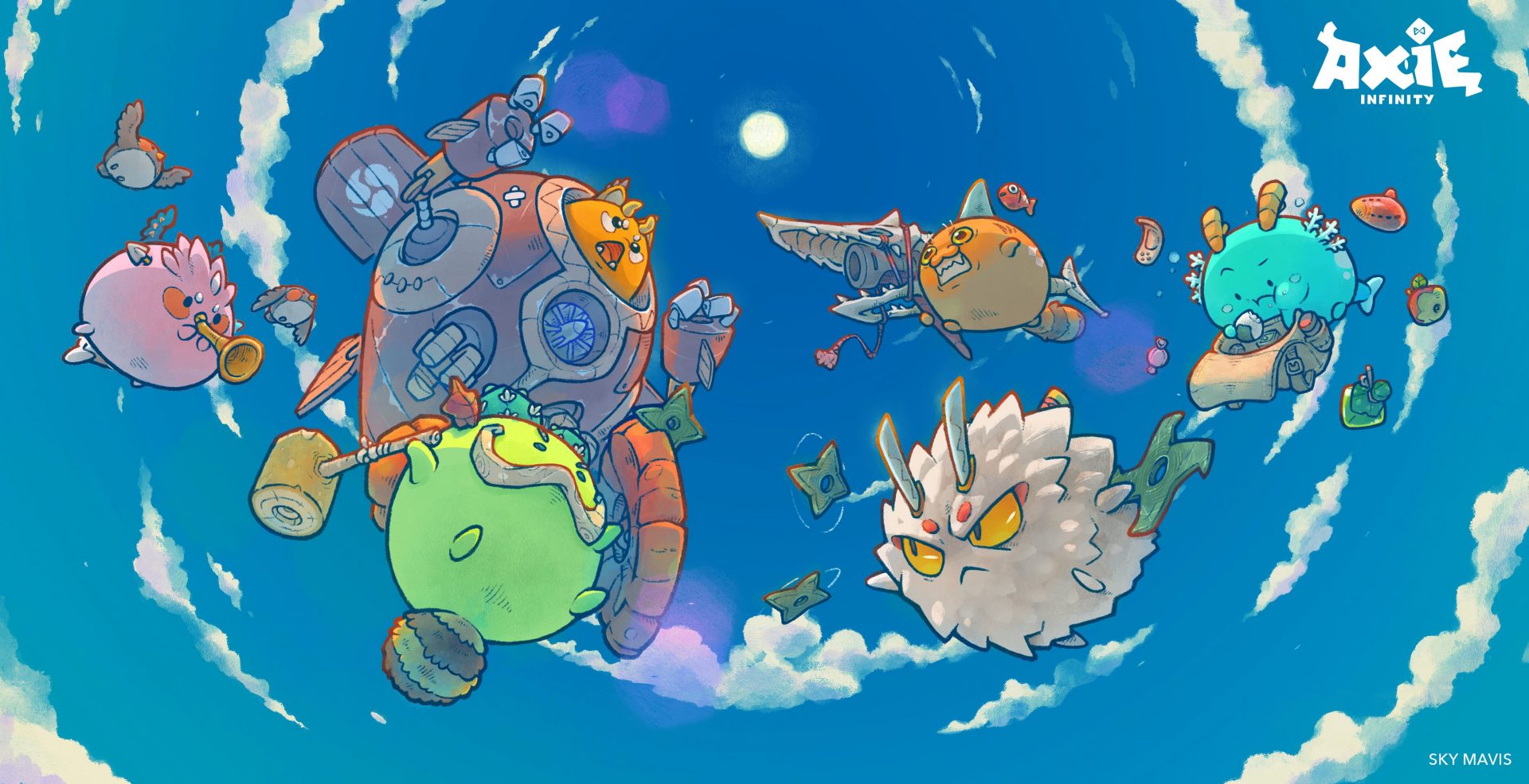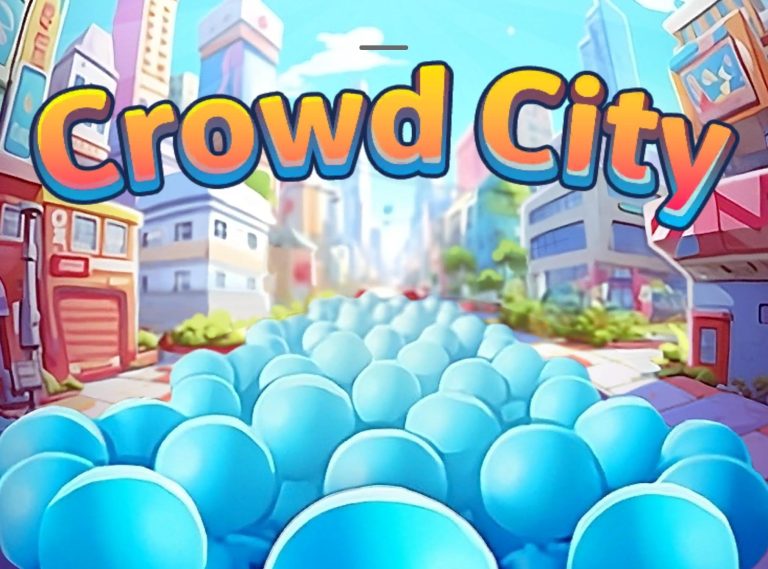Play-to-earn gaming and cryptocurrencies are headline news across the globe. Despite warnings of regulation and the NFT bubble bursting, adoption sees no sign of letting up. On the contrary, with games like Axie Infinity and Decentraland allowing players to build, own, and monetize their gaming experience, blockchain is blossoming. The future is Game-Fi.
What does this mean for games developers? Whether you are looking to tweak your existing games, or launch a new line of blockchain titles, there are certain considerations you need to be aware of. From scalability and accessibility to your game’s NFT utility and future roadmap, let’s have a look at some of the more important points.
Scalability
As we have mentioned, the uptake of blockchain gaming is immense. With a market set to be worth $256 billion by 2025 and the heavy hitters of international game development (UbiSoft, Sega, Atari, EA et al.) investing in the space, keeping up with demand will be paramount to your game’s success. Scalability needs to be at the top of your agenda.
A good example of scalability at work is Splinterlands – which uses NFTs as gaming cards. The collectible card platform doubled its user base in 60 days, becoming the world’s most popular decentralized game in the process. By having the capacity to grow a daily player pool at rates never seen before, whilst keeping the financial balance of in-game assets (not releasing too many too soon, or too few too late), Splinterlands maximizes profits whilst continuing its market dominance. It got the scalability conundrum right, get it wrong and your game faces a swift demise.
Accessibility
DeFi, CEX, DEX, NFT farming and trading. The ecosystem is complex for newcomers. Chains of instructions, ugly and difficult to use UX and the increasingly nefarious players in the space combine to slow adoption. As the blockchain battlefield becomes more crowded, games which are easily accessible will see the largest uptake.
A tour of the most popular games of the moment highlights the need for simple – or tried and tested – gameplay. Axie Infinity uses a Pokémon-style collect-and-fight mechanic. CryptoBlades is a traditional RPG. NFT Panda, Coin Pirates and BombCrypto all utilize ‘pickup-and-play’ strategies for a generation brought up on mobile gaming. To take best advantage of the ground shift, your block chain game must be accessible to new, young and inexperienced gamers.

Coin Pirates is new play-to-earn game set for beta release in November and launching on the Wax blockchain.
NFTs & Value Offering
But again, balance is vital. Wide appeal and a low barrier to entry need to be orchestrated with exciting gameplay and financial return for experienced players and, increasingly, collectors.
Mirandus is a fantasy MMORPG where players own every item in the game. Nestables is a collectible game where you can, yes, collect NFTs. Ember Sword is an MMORPG which allows players to buy and trade in-game weapons and land. Alien Worlds is an NFT metaverse where gamers use tools, weapons and avatars to advance.
The strategy is simple: use NFTs to offer clear value to your players, whilst simultaneously maximizing revenue for your company in the form of transaction fees and secondary market sales.
However, filling your game with NFTs is not enough, they have to offer utility and add to the gaming experience. Kingdom Karnage, for example, is a turn-based combat game built on the Ethereum based gaming platform Enjin. NFTs are found in dungeons throughout the game. These NFTs can then be used as weapons, skins or power-ups as players progress through the game, or traded for alternative NFTs or cryptocurrency.

Play to Earn game Kingdom Carnage.
Incentives To Hodl
As demonstrated by Kingdom Karnage, Axie-Infinity and others, incentives for hodling NFTs and tokens are best worked into the narrative of the game. In other words, use NFTs to enhance the game play and offer real, long term utility by giving gamers access to secret realms, better weapon upgrades, strategic advantage, or an edge in combat via the NFT.
Furthermore, holding tokens could give governance to players (Alien Worlds, a play-to-earn metaverse spread over seven planets, has six competing DAOs), allowing them to choose on the future direction of gameplay, characters, levels, or weapons. Alternatively, token holders could be rewarded with additional tokens (staking), or real world merchandise.
Inflation Control
Cryptocurrencies and NFTs are notorious for their fluctuating price; the potential ROI which brings many into the space is also a potential hazard for blockchain games. To counteract the whims of the market, you must incorporate an inflation control mechanic in your game, shielding players’ progression, as well as the gameplay itself. Playing a balancing game between resource production and resource consumption, whilst undergoing exponential growth in player numbers, Splinterlands is perhaps the best example of success here
Collectibles
Collectibles are personal. They add attachment, income and longevity. They are integral to a successful blockchain game. Realm, Dogami, ZedRun, Axie Infinity and Crypto Kitties all have a successful collectible system.
But collectibles need further utility and game-play. ZedRun allows you to race horses. Realm utilizes Chainlink’s VRF (Verifiable Random Function) to leverage verifiable random outcomes to its native NFT pets. This provable rarity not only adds value and utility, but also gives a sprinkling of suspense to proceedings. Additionally, NFT collectibles can be bred and traded on the open market.
From a sword which allows you to fight hitherto unbeatable bosses, to skins, dragons, land, weapons, spells, scrolls, keys, food, cars, ships, and planets, having a strong collectible system incorporated into your game boosts metrics across the board and are key to success.
The Road Map
Adding new content doesn’t mean altering the entire framework of your game play. However, as the technology improves, expanding the system, adding collectibles and increasing the number of levels all have to be worked into your game’s road map.
This can be achieved without shifting the metagame to a completely new heading – arbitrary shifts of the metagame makes the system highly volatile and ruins the experience for gamers.
Instead, future changes should be woven into the narrative and the feel of the game, keeping the balance of what made the game successful in the first place. Making it clear from the beginning has the added bonus of removing surprises and instilling a sense of excitement in the community, further adding to uptake. Gods Unchained, CryptoBlades and Arc8 are good examples of games evolving successfully.
Regulations
With China outlawing crypto (again) and the SEC slowing adoption in America, understanding and adapting to national and international regulation is a relatively new, and unfortunately difficult, aspect of blockchain gaming. For game developers there is an immediate problem: You may not have the resources (lawyers) in-house to manage regulation.
Coupled with these undefined regulations, game developers also have tax laws to consider. These laws vary from country to country and present a substantial workload. Whether you manage these huddles with a consultancy, or build new job roles into your company, they are considerations which need to be added to your strategy.
(Blockchain) life moves pretty fast…
They say that cryptocurrency moves 10x real life, and NFTs 10x crypto. However you measure it, the space moves incredibly quickly. By incorporating the steps we have outlined here (accessibility, tokenomics, NFT in-game value and an adaptable and clear road map), you have the building blocks of a successful blockchain game. But even then, a risk remains. From the time of inception to the first players pressing START, change will be an unavoidable part of the blockchain landscape. New technology, regulation, shifts in the choice of blockchain, platforms closing, new players entering the space… as a game developer you need to be prepared and ready to adapt to all eventualities.
Conclusion
As blockchains match the imagination of game developers, the range of games will diversify, millions of new gamers will join the fray, regulations will be ironed out and the blockchain game will become the norm, rather than the exception. Over the coming months and years, the fundamentals of a successful blockchain game will evolve. We will update this article as they do. Until then, these are the foundations blockchain developers should consider.


